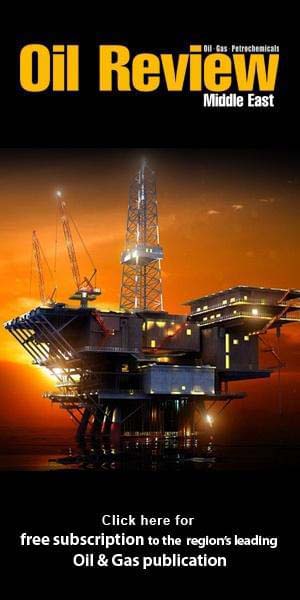Saudi Arabia’s Royal Commission for Riyadh City (RCRC) has awarded a major contract worth up to US$900mn to the ArRiyadh New Mobility Consortium for the construction of the Line 2 extension of the Riyadh Metro project, according to a report by MEED.
The consortium includes several international heavyweights such as Italy’s Webuild, India’s Larsen & Toubro (L&T), Saudi-based Nesma & Partners, Japan’s Hitachi, Italy’s Ansaldo STS, Canada’s Bombardier, Spain’s Idom, and Australia’s WorleyParsons.
The Line 2 extension will span 8.4 km. This includes a 1.3 km elevated and a 7.1 km underground extension.
It will also feature five stations, two elevated and three underground. The line will run from the current King Saud University (KSU) terminus to KSU Medical City, KSU West, Diriyah East, Diriyah Central (interchanging with the planned Line 7), and ending at Diriyah South.
Last year, the BACS Consortium had delivered the first phase of the Riyadh Metro. This consortium also included global engineering, construction, and project management company Bechtel.
Project awards
Project management and construction supervision will be handled by Riyadh Metro Transit Consultants (RMTC), a joint venture of US-based Parsons and French engineering firms Egis and Systra. RMTC also provided project oversight for Lines 1, 2, and 3 during the first phase of the metro’s development.
Once complete, the Riyadh Metro will become the world’s longest driverless metro system, spanning 176 km with 85 stations and seven depots. The six-line network includes the Blue, Red, Orange, Yellow, Green, and Purple lines.
The phased rollout of the network has progressed steadily. The Orange Line began operations in January this year, following the Red and Green lines which launched in December 2024. The Red Line (Line 2) runs 25.1 km from east to west along King Abdullah Road, connecting King Fahd Sports City with King Saud University and includes 15 stations.
The Green Line (Line 5) stretches 13.3 km, connecting King Abdullah Road with the National Museum, and serves key ministries such as Defence, Finance, and Commerce. In the same month, operations also began on the Blue (Line 1), Yellow (Line 4), and Purple (Line 6) lines.
Also read: Giza Station foundation work underway




